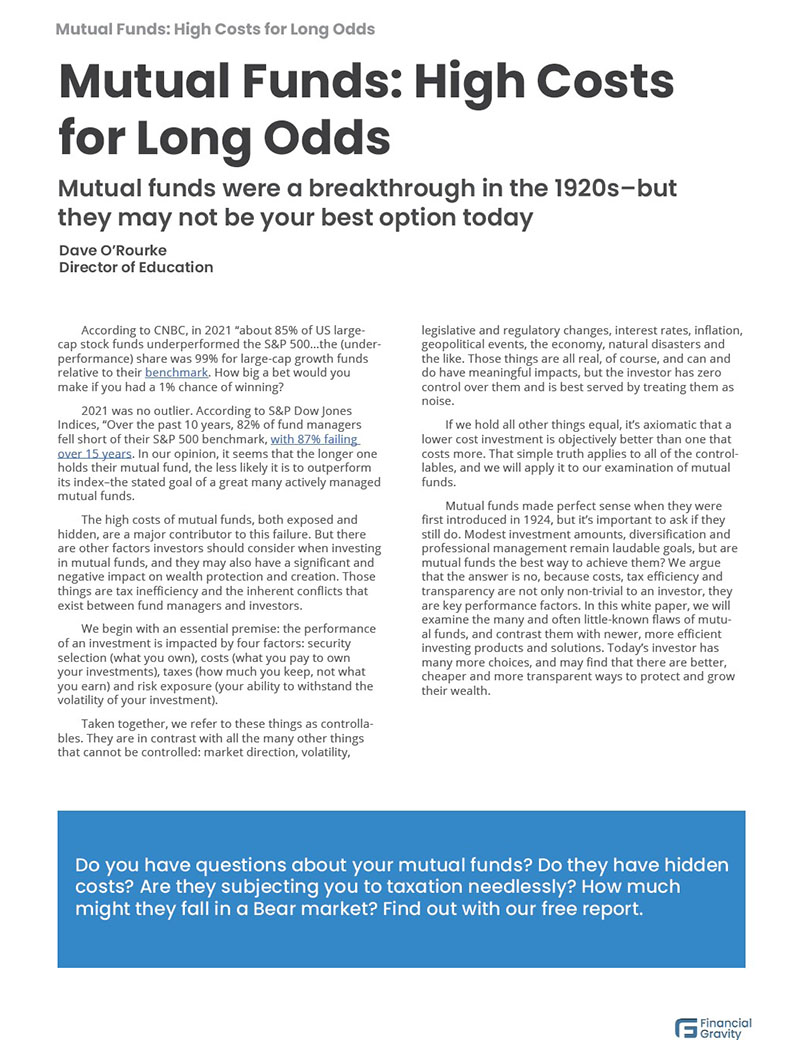Real Estate Is Hard to Figure Out
At the same time, we have historically low home sales and historically high interest rates, and MoneyWatch reports that home prices in 99% of the U.S. are beyond the reach of the average income earner.
June of 2009 marked the end of the Great Recession in the United States, according to the Federal Reserve. That month, existing home sales in the U.S. totaled 4.89 million units, as reported by the National Association of Realtors. In May of this year, per NAR, existing home sales were 4.11 million. You might think sluggish sales would mean lower prices.
In July of 2020, 30-year fixed mortgage dipped below 3%; as of July 15 of this year, the rate is 6.89%. Rates have hammered affordability. As of March 2024, the average monthly mortgage payment for a typical U.S. home is nearly double what it was in January 2020, up 96% in four years. You wouldn’t be crazy to think that affordability near record lows would mean lower prices.
But wait: Redfin reported on July 11 that the median U.S. home sale price hit an all-time high of $397,482 during the four-week period ending July 7. Interest rates are down, sales are down, and affordability is cratering, but prices are up? All-time highs? How can this be?
Demand and Supply
Reason number one for the upside-down residential real estate market in the U.S. is probably demographic. There is still demand out there for workers who simply have to move because someone made them an offer that was too good to refuse.
People follow job opportunities and quality of life, and even if that is a small number overall, there are still enough people who can afford a $400,000 home to close a sale. Look at the other side of the trade: you live in Idaho, Texas, or Florida, and your home has doubled in four years from $200,000 to $400,000. All the new people moving in have increased the traffic and crowded the parks. You might be tempted to take your gains.
However, according to Realtor.com, nearly 82% of homeowners feel “locked-in” by their existing low-rate mortgage. They hear their home has risen in value, but where will they move? Yes, their home has risen in value, but so has everyone else’s, but now the interest rates have changed the game.
Maybe it’s good to take a moment to put things in perspective. This is anecdotal, but we hear lots of people saying they want to wait until rates drop back down before buying, and we hear a roughly equal number of people say the same thing about selling. Interest rates have been low for a long time, and people have come to believe rates below 5% are a “new normal.”
So consider this: Trading Economics reports that the “30 Year Mortgage Rate in the United States averaged 7.73 percent from 1971 until 2024, reaching an all time high of 18.63 percent in October of 1981.” We have no reason to doubt the statistics, and we can’t help but notice that today’s rate is below the 50-year average.
A Fantastically Complex Multi-variable Equation
Will interest rates rise, stay flat, or fall? There are many factors that affect interest rates. There is Fed policy, of course: The huge majority of interest rates in the U.S. are priced as a “spread” above the fed funds rate. This is because the federal funds rate (FFR) is considered risk-free, and it’s the ultimate in short-term: overnight.
There is also the almost incomprehensibly complex global economy, an $85 trillion machine made up of billions of parts. Borrowers, lenders, investors, speculators, governments, entrepreneurs, regulators, traders—the list goes on and on—and everyone with an opinion and an appetite for capital. Who could possibly predict the net result of a system so large and complex?
While the economy of the United States is an aggregation of individuals acting in their own interests, it’s also profoundly affected by government policy and regulation, by the interplay of global players, by resources, by supply chains, and by vast demographic variables.
Ultimately, global trade deals in raw materials, finished goods, and energy, the three fundamental inputs of macroeconomics. Think for a moment what the prices of these three inputs would be without political and governmental influence in the form of tariffs, levees, policies, and regulations.
For the past few issues of the Chronicle, we’ve noted that debt in the U.S. has reached alarming levels and has established a new normal all its own: one trillion in new national debt every 100 days, student loan and credit card debt, and state and local debt trillions more, and unfunded liabilities for Social Security and Medicare many trillions more.
Lenders have a borrower standing first in line and making an attractive offer of no risk and a guaranteed return. This isn’t some kind of prognostication or speculation. Our government is going to be borrowing and crowding out other borrowers for a long time to come, and this will put a floor under interest rates.
Home builders need capital to build homes, so their costs have risen, too, and not just the cost of capital. Inflation has affected building materials, such as lumber, steel, and oriented strand board (OSB), which have increased by 37.7% since 2020, per Buildertrend.com. Rising wages and supply chain issues have also increased costs.
Dampened demand, higher interest rates, and price inflation are a triple whammy that may put real estate into a long-term slumber. The only thing, it seems, that has kept prices high and even rising, is a radical downtick in supply, both in terms of listings and new home construction.
Think Hard About Your Financial Plan
What might all this mean for you? For one, it would be prudent to consider your real estate to be much less liquid and, therefore, much harder to value. If you need to liquidate in a hurry, you should probably expect a meaningful discount. For another, you may want to reduce your long-term price appreciation expectations. Prices could continue to rise, but prices could begin to fall, and a buyer might find themselves trying to catch a falling knife before long. We don’t know, and while many will make confident guesses, nobody knows.
This is an extraordinarily difficult time to mark assets to market. Residential real estate has always been difficult to value because there are so many variables in terms of location, amenities, school districts, deferred maintenance, building codes, and a zillion other things. A prudent person might want to take a discount from whatever their high-watermark comps were in their most recent valuation.
Real estate gives us a sharp reminder that almost everything about investing is beyond our control. We can’t even reliably predict, much less control, interest rates or housing inventory or the economy or government policy, but we can control our emotions of fear and greed. Given the strange and paradoxical situation we have now, it would be wise to proceed with caution, whichever side of the trade you’re on.


